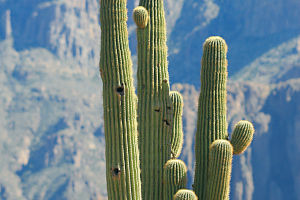Persian daisy, an annual herb of the genus Chrysanthemum, is native to the highlands of Mexico at an altitude of 1600-2800 meters.
With its tall stems and fine leaves, soft petals, and colourful flowers, the Persian daisy can be found in almost all public landscapes and private gardens.
Growth Habit
Light-loving plants, tolerant of poor soil, fear of water, not adapted to high summer temperatures, not adapted to cold, grow in loose fertile and well-drained loamy soil.
The main varieties are white flower cosmos, big flower cosmos, purple-red flower cosmos, horticultural varieties of early flowering type and late flowering type two systems, there are single, heavy petals.
Persian daisies can grow in sandy and clay soil in places with sufficient sunlight and produce lush and large flowers even without fertilization.
Sowing season
1. Generally, seeds are sown, live, or transplanted after seedlings are raised.
2. Sown in spring, flowering in summer and autumn; those sown in late summer, flowering in autumn and winter.
3. Because of its rapid growth and flowering, the first flowering period of about 60 days, when the temperature is suitable, can be sown according to the needs of the plan.
3. The suitable temperature for germination is 60-70℉, and the suitable temperature for growth is 60-80℉.
Flowering period
1. The first flowering will be about 60 days after the conventional sowing.
2. Spring sowing, flowering in summer and autumn; late summer sowing, flowering in autumn and winter.
Sowing method
1. Choose to sow the seeds when the average daily temperature is steadily higher than 60°F.
2. The amount of seed sown per square meter is 3 to 5 grams, with a sowing depth of 1 to 2 cm.
3. Regular tillage and weeding on weekdays and proper watering.
4. After flowering, cut off the residual branches to promote the development of new branches and continue flowering.
Landscape applications
Persian daisy has a very important position in the utilization of floral landscape and is widely planted in the urban landscape, highway landscape, field landscape, wedding photography, and residential neighbourhood landscape.
Dwarf Persian daisy is only 40-50 cm tall, with suitable height, large flowers, and high neatness, suitable as background material for flower landscapes, also can be planted in hedges, rocks, cliff slopes, tree beds, or next to houses.
All in all, the cosmos is a beautiful and easy-to-grow plant, so if you want to keep a flower, try growing the cosmos.


